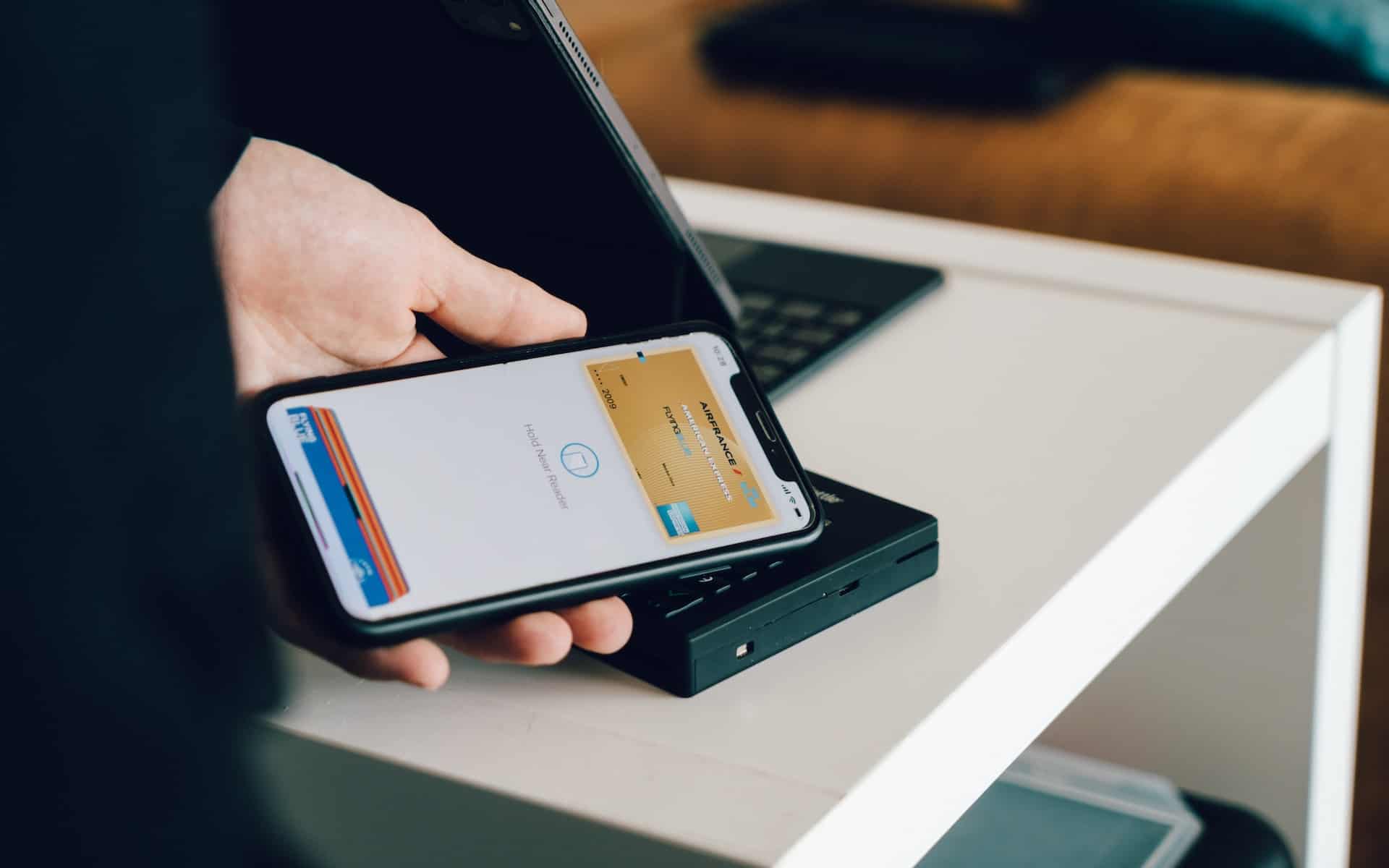Digital wallets are already a common way to make online payments, send money abroad, or spread expenses. Because they are convenient, fast, and easy to use, they have quickly become a popular choice for both consumers and businesses.
Below, we’ll explain how digital wallets work, their benefits, and the future of payments via digital wallets.
What is a digital wallet?
An electronic wallet (also called a digital or mobile wallet) is a payment method that allows people to make money transfers without using cash or physical payment cards. Essentially, an e-wallet is a web or mobile application that stores payment information so you can make transfers faster and easier. Because they do not require you to enter personal or payment information when making a transfer, e-wallets are also more secure than alternative traditional payments. They are also the preferred way to pay for online purchases because they provide a quick and hassle-free payment process.
Today, there are many e-wallets available for payments and transfers worldwide (e.g. PayPal, Google Pay, or ApplePay), while others specialize in serving specific regions: Alipay and WeChat in Asia, M-Pesa in Africa, PagSeguro in South America.
Advantages of transferring money using e-wallets
Using an e-wallet for money transfers offers a number of advantages over other options.
- Convenience. E-wallets allow consumers to keep their favorite payment methods in one place: credit cards, bank accounts, gift cards, etc. This greatly simplifies the process of transferring money and cryptocurrencies across crypto bridges, making it easy to send transfers quickly, anywhere and anytime.
- Fewer costs. E-wallets typically have low or zero transaction fees, making them a competitive alternative to traditional money transfer methods. Low costs are a major advantage in the case of international transactions or frequent transfers.
- Faster transactions. To make a money transfer using an e-wallet, users only need to log in to the wallet app. There is no need to enter payment details manually or otherwise. This simplified process, along with fast delivery (instant or less than 24 hours), makes e-wallets a better option than, for example, bank transfers.
- Security. E-wallets provide an additional level of security, as card or bank account information is never disclosed during a transaction. In addition, most e-wallet services use security mechanisms such as encryption, biometric authentication, and 3DS verification to protect users from potential fraud and data breaches.
Disadvantages of digital wallets
However, along with the advantages of digital wallets, there are also disadvantages:
- Dependence on technology. Using electronic wallets requires access to a smartphone or computer and an Internet connection. This means that it is not always possible to make money transfers in cases of lack of technical support or electronic equipment.
- Risk of cyberattacks. E-wallets are also at risk of cyberattacks and fraud. If attackers gain access to the wallet account, they can use the user’s money or even steal personal information.
- Restrictions on use. In some regions or stores, the acceptability of electronic wallets may be limited. That is, not everywhere you can pay with cash or a credit card, you can also use an electronic wallet.
- Dependence on an Internet connection. To use electronic wallets, you need a constant Internet connection. Lack of access to the Internet may make it difficult or even impossible to make money transfers.
The future of electronic wallets
In 2022, there were 3.4 billion e-wallet users worldwide, and this number is expected to grow by 50% by 2026.
However, the development of e-wallets and alternative payment solutions also requires simplification. The more payment methods that become available, the more consumers and merchants will need an easy way to manage all of them from a single app.
The logical conclusion is that e-wallets continue to evolve and become an integral part of the modern payment method. It is expected that the growth of their demand will lead to further improvement of this means of payment and expansion of their functionality, to access these, simply search for ‘How to send money online‘.
